The op-shop $5 compact is very much an endangered species where I live in Australia but it is not yet extinct. In the twilight of its days it may be instructive to look back at what it gave us…
In recent years my daughters and some of their friends have been furnished with point and shoot cameras found in local op-shops for $5. Sometimes I’d get a text and a photo. “Hey – just saw this for $5. Should I buy it?” Generally the answer would be yes. The ones I didn’t like were given back to the shop so they could be sold again, a couple were kept for me, and the good, working ones were given away to the gang. “Everyone I know has a film camera. Everyone.” Said Issie recently.
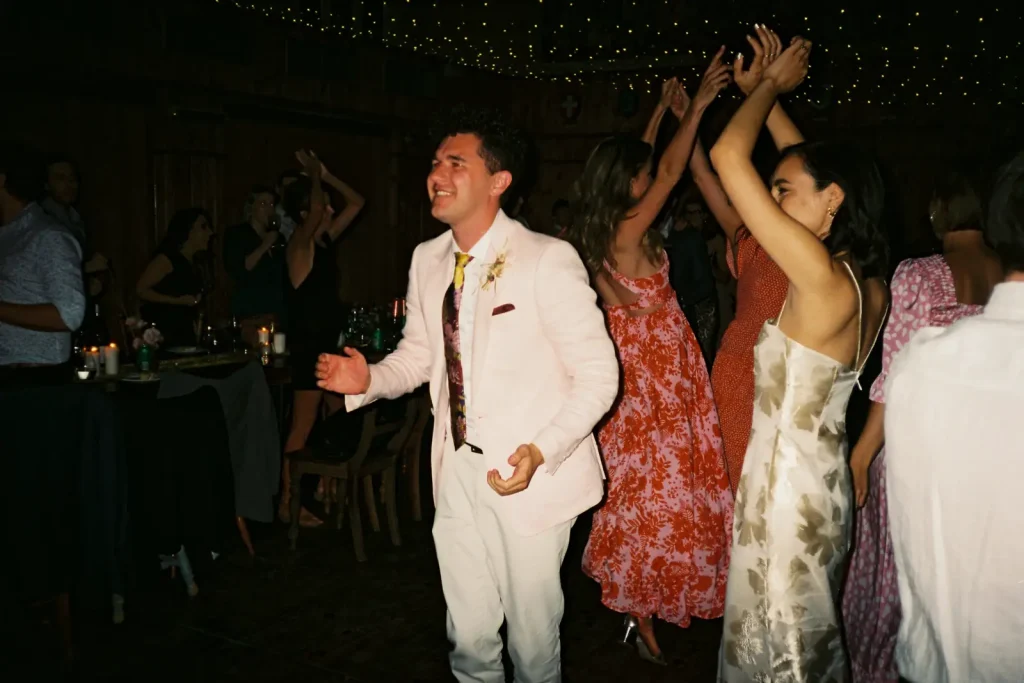
Times change quickly, and the $5 op-shop find might now be the $30 facebook marketplace find or a $50 eBay offer. That’s not really the point – it was fun looking out for these cameras and buying and playing with a whole bunch of cameras I didn’t need. Maybe the opportunity for this has passed; I would not have done this if they weren’t so cheap.
In any case I guess my curiosity is now pretty much satisfied and I’m not that much into compacts any more. It’s not about gloating, “Oh and I just bought a Contax T2 for $5!” I think it’s more about how handling and using the cameras has given me an insight in to the type of camera I’d recommend to someone else. If you don’t get to use the cameras how do you know what you like?
Mostly when researching cameras you have to do it by the specifications; “This lens is faster, that one has a more powerful flash” or whatever – and specs alone do not a camera make. What I’ll also try to do in this piece is put some of those features and specifications into perspective – sort of as a way to flag the kinds of thing I think are worth looking out for.
And it could be said that there never actually was a $5 camera. These were all bought on first inspection, no warranty, no returns – no claim made that they worked at all. Film testing will cost $20 or so depending on the scanning. So really, whether you paid $5 or $50 doesn’t much matter once you’ve put a few rolls through it; a good working compact bought with a little care should put a smile on your face.
A decent one will also give enduring pleasure and may introduce another person to film photography.
Here are some thoughts – along with three case studies – of some of the cameras we’ve come across and that worked out well:

Preamble:
In an op-shop you’ll need to decide on the spot, so you’ll have to take a punt. But until you buy batteries or put a roll of film through it, at $5 you’re really only gambling with the cost of a coffee. Of course op-shops are becoming way more canny about cameras and pricing them higher, but that’s fine by me. I’m sure the people who donate stuff would rather the true value of their donation went to charity and not to an eBay reseller.
If you’re buying from fb marketplace it’s tough. I have not yet bought any cameras from these groups, but I’ve bought some film from nice people for sensible money. It’s good to have an idea in advance of the sort of camera you’re looking for, as the good value ones tend to go quickly of course, and you’ll need to jump if you want one. I’ve also seen for sale posts that made me cringe and hope sincerely that a well-meaning person would not lose their money on a dud or vastly overpriced camera. The problem is, I guess, that you need some experience to navigate the territory.
So here’s my little guide:
Firstly, I’d steer clear of the low-low end cameras that have only one aperture and one speed and no focus. Essentially they are like disposable cameras but you can refill them. I’m not saying they don’t have a place, but they don’t offer the same opportunities as something a bit better. Or perhaps I should clarify – If you understand their limitations and likely results and choose to buy one anyway then you are probably knowledgeable enough that this guide is not really for you.
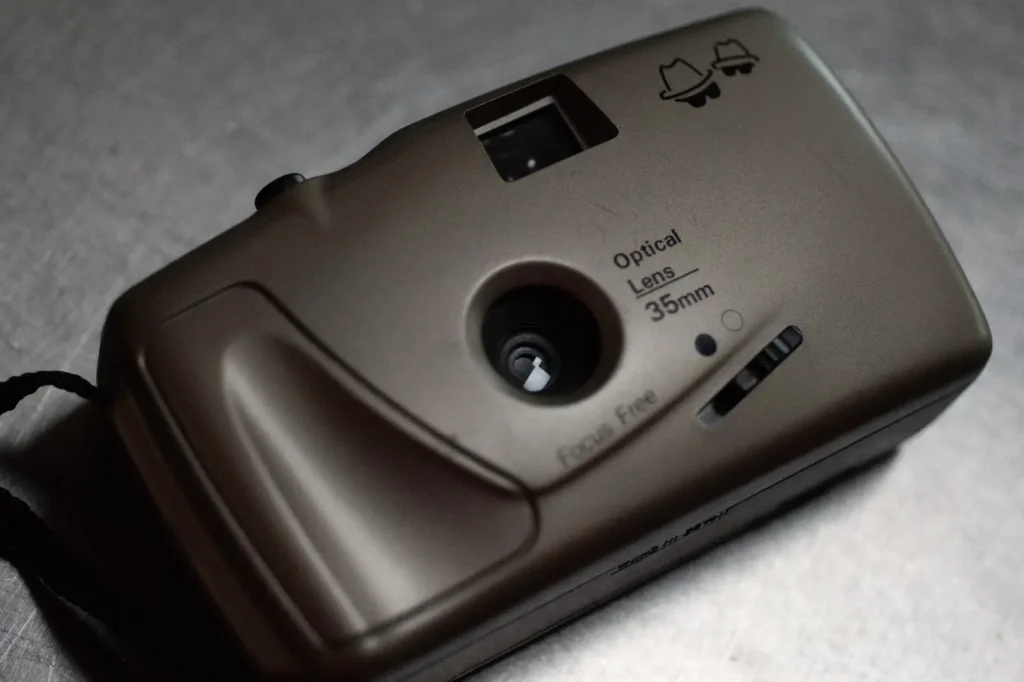
The sort of cameras I’m mostly concerned with are auto-loading, auto winding point and shoot cameras with built in flash from the end of the last century. These are not the trendy Olympus mjus or stratospheric Contaxes, they are plastic, maybe a bit bulkier than ideal, but they are solid, reliable cameras that deliver great results. And they’re cheap.
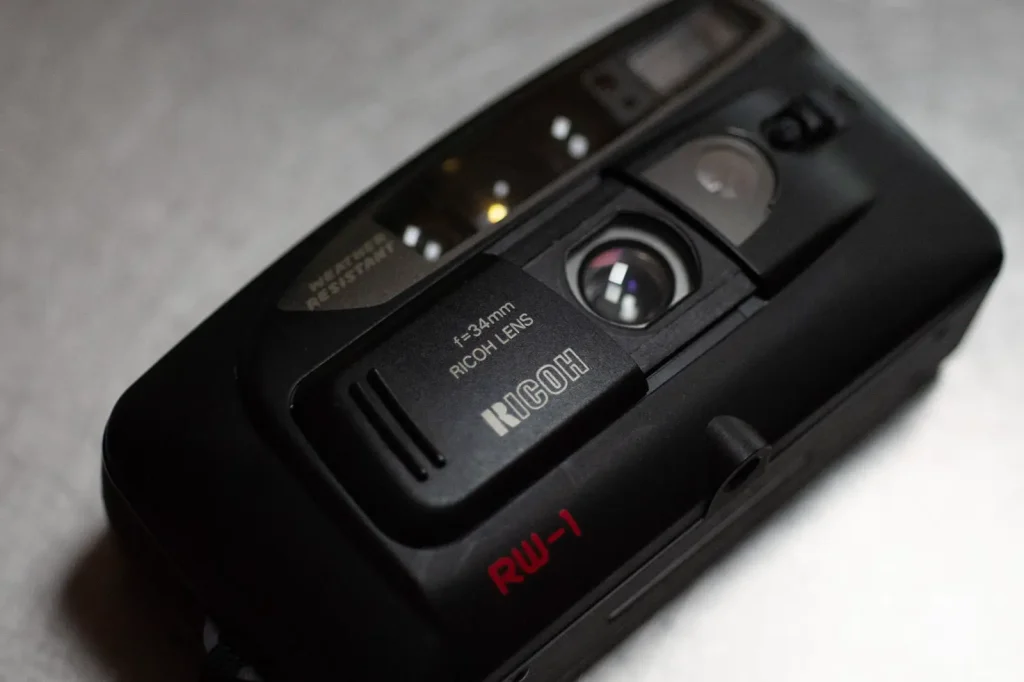
1: The brand:
If it’s something you recognise, keep interested. Canon, Olympus, Nikon, Fuji, Pentax, Ricoh – All good. Again – If more brands spring to mind and I’ve neglected your favourite compact then you probably know all you need to know already.
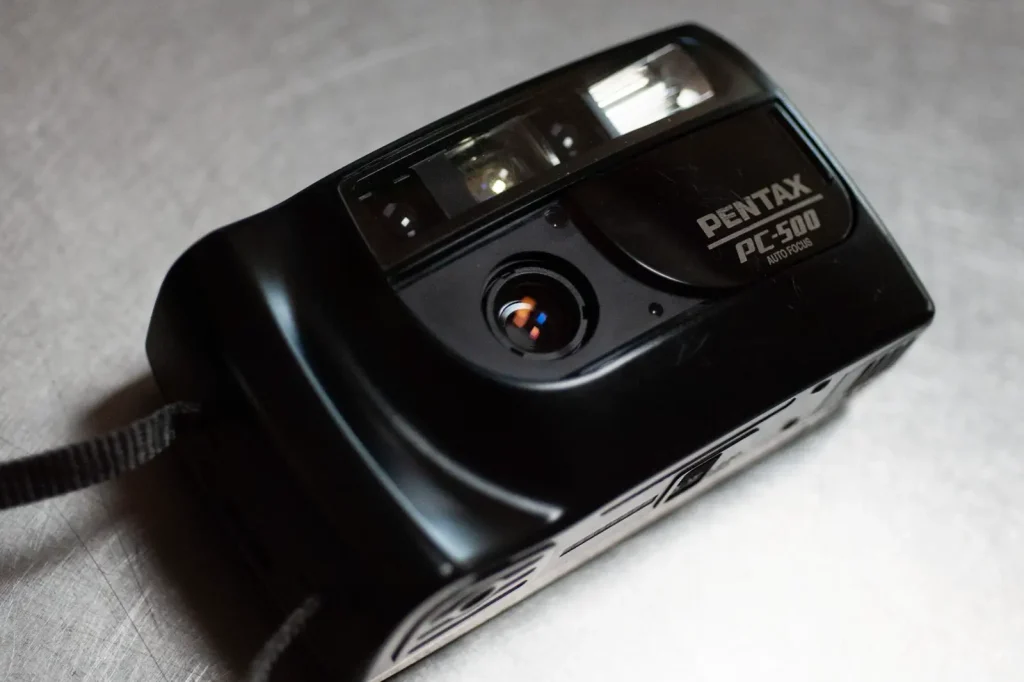
2: The lens:
Much is made of the prime lenses in some of the high-end compacts. (Yes, I’m looking at you Contax T2.) Mythic quality – the stuff of legend. But really, will you notice it? I’ll stick my neck out a bit and say mmm, yes, but not that often, and probably not unless you’re really looking for it. If you’re shooting scenes out of doors where the lenses are stopped down, it does not take a great lens to give you really good sharpness. If you’re shooting in low light without flash, motion blur or camera shake will likely be the limit. If you’re using flash, then accuracy of the AF and how good the flash exposure is, and whether there’s red-eye etc, will likely determine whether or not you get a shot you like.
In short, the designers of these cameras knew what they were doing. Times were different and the user demographic was different of course, but there’s no reason a cheap compact can’t give really great image quality.
In general I’d suggest favouring a prime lens over a zoom lens (with caveats of course).
Why? Well a nice simple prime will give good image quality while still being fast. (Fast as in wide aperture – not AF, but that too.) In compact-land a 35mm f2.8 is fast, a f3.5-4,5 more likely. Without getting super-involved with it all, it is probably fair to say that if a manufacturer went to the trouble of putting an f2.8 on their compact they were trying to make a camera that would satisfy people who cared about that sort of stuff. (i.e. you – if you’re reading this.)
Approach a zoom with caution. It can be a good place to get a bargain because the zooms are less popular, but there are reasons for this. Zooms are more complex, require more compromises and add cost and bulk to a camera. A simple analogy can be made with slrs – a cheap “nifty fifty” will have great image quality and be fast (say, f1.8) whereas the pro quality 28-70 f2.8 is big, heavy and expensive. Putting a zoom that costs the same as a standard prime is going to lead to image quality compromises.
Another thing to consider with compacts is the viewfinder. A good viewfinder is pure joy and something you appreciate every time you put the camera to your eye. If the viewfinder needs to zoom with the lens then there’s a whole lot of optical work being done there as well. The finder may be smaller – the image not as bright, distortions creep in – you get it.
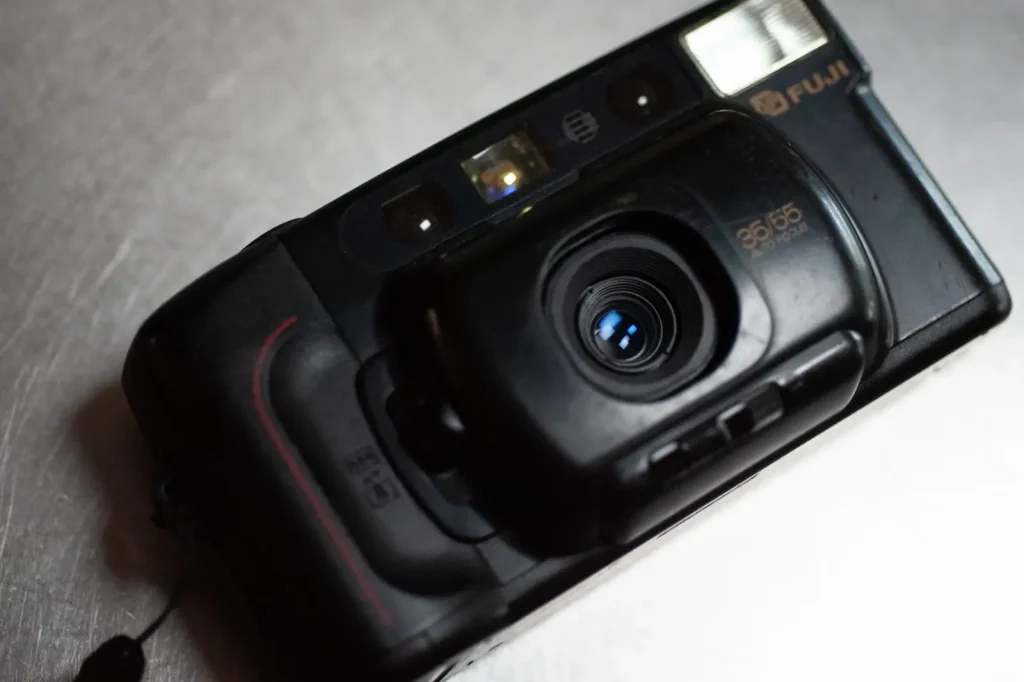
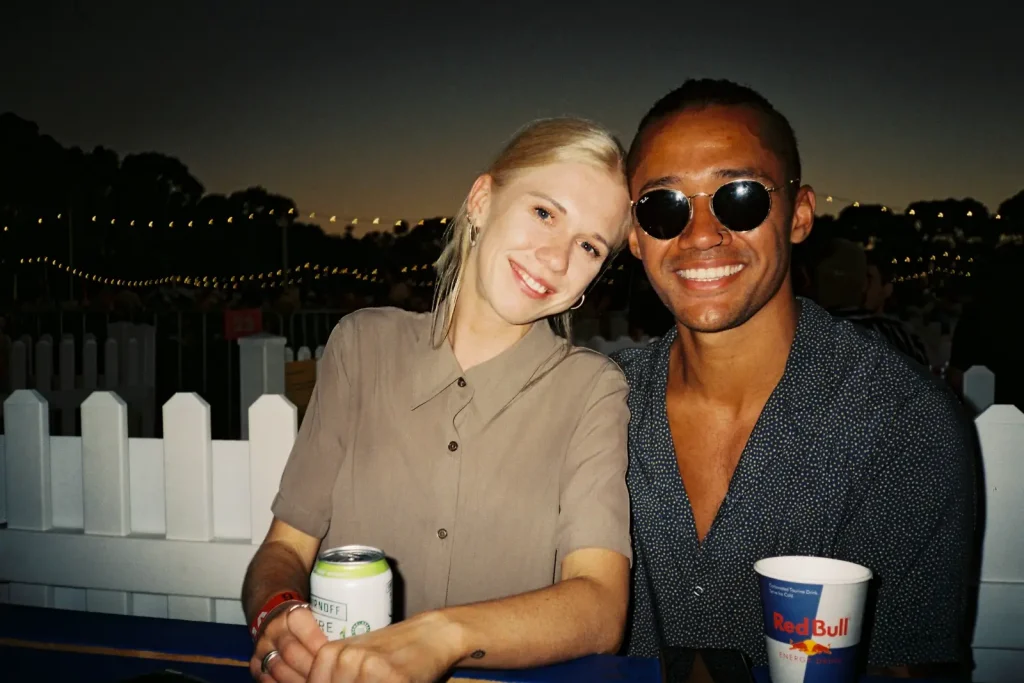
3: The batteries:
If it takes AAs good. If it takes something like a 2CR5, a battery will cost you way more than a $5 camera did. Have a look in the battery compartment. If the battery compartment opens OK and the inside is not corroded, all good. I sometimes bought compacts that took different types of battery, but I knew what I was getting into by following that path. If you’re out hunting regularly it might pay to keep a couple of AAs with you. Pop them in and see if the camera makes promising noises. The other side of this coin though, is sometimes the higher-end cameras took the more exotic batteries, and that might lead you to something nice.
4: Everything else:
I mentioned viewfinders in the section on lenses, but I’ll restate it here because I believe it is such a part of the shooting experience. Is it bright and clear? Are the frame lines distinct? And how does the camera feel in the hand? Things like whether it has a lens cover are important too, as compacts spend much of their time in bags and pockets bumping into other stuff. Apart from that – if nothing is cracked or broken, if it’s not too scraped and looks OK, it probably is. If you like the look of it, take the punt.
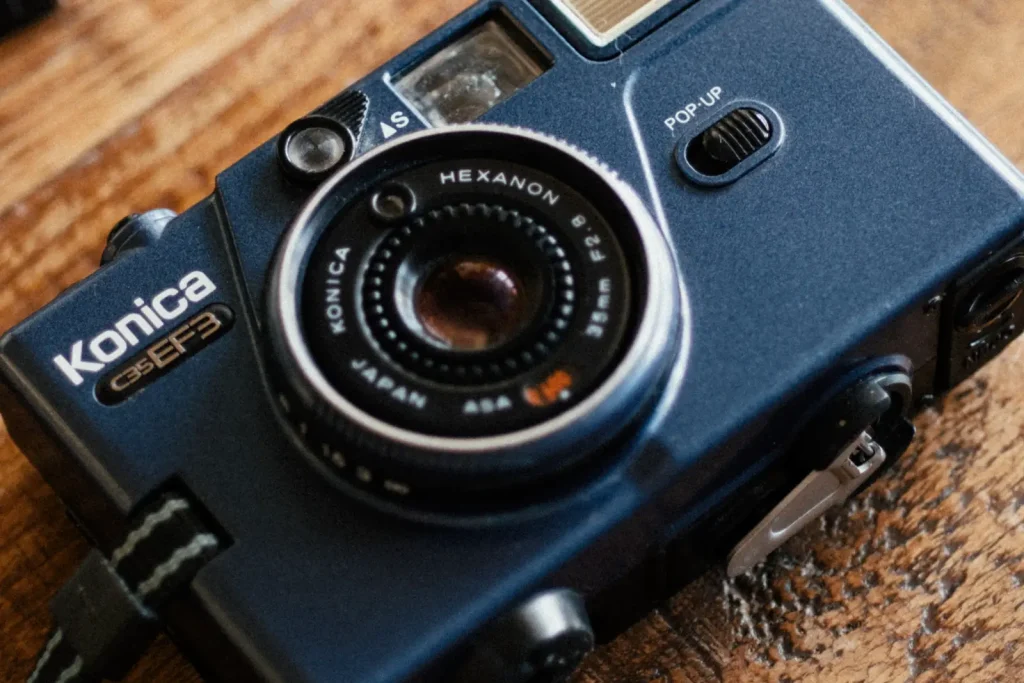
5: I bought it. Now what?
When I began this article it started out as a kind of buyers’ guide and I guess it’s still a bit like that, but these days personally I’d be looking mostly for cameras to give to new film shooters rather than cameras I’d use myself. This means I’d favour the easy to use reliable mainstream cameras rather than quirky exotics that pique my own interest. That being said it’s pretty hard to leave a good cheap camera sitting there in the shop.
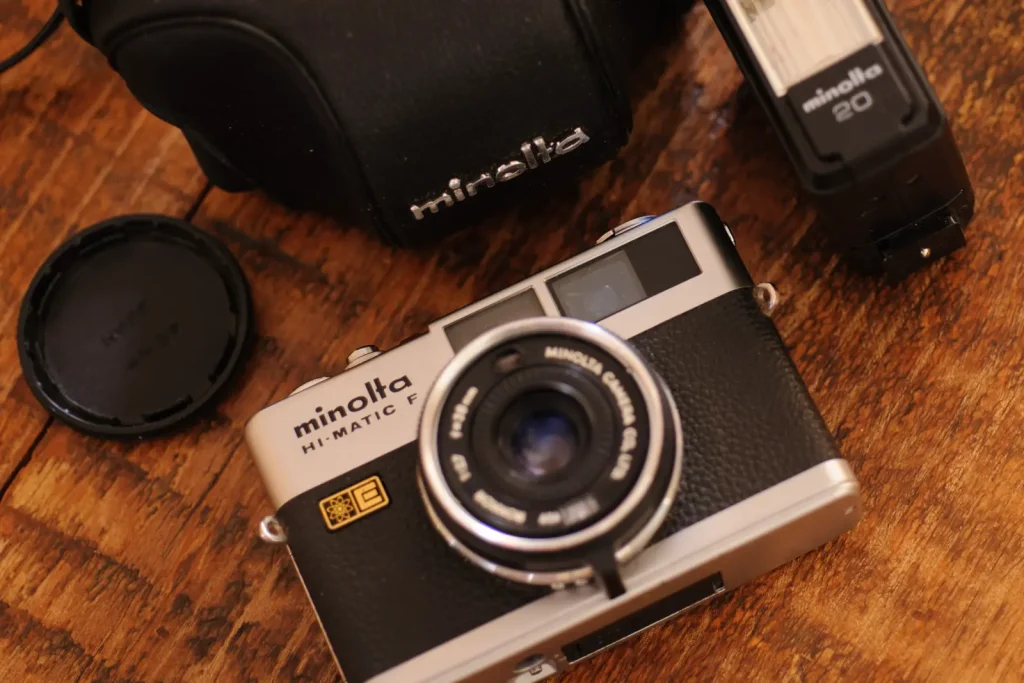
So if you’ve bought a camera or been given one that was found in the back of a wardrobe in the family home, your best resource is a friend or relative who’s into cameras. Ask them to have a look at it with you and explain to you what is good about it and what is bad, and whether it’s worth putting a roll of film through it. They will be able to tell you how much a battery will cost if it does not take AAs.
I have a few different types of battery in a few cameras, so I can often pinch one of those to test a new camera before buying a new battery. I also keep a spoiled roll of film on hand to pop in and see if the camera fires and advances the film before trying a real roll.
Be wary of advice though. I have observed that people posting questions on fb groups or fora like “Hey! looking for recommendations on a good first camera!” end up with lots of bad information really quickly.
If you ARE on your own – good luck. A battery might cost you $15 and a film and processing another $20, so your $5 find is more like $40 by the time you’ve put a roll through it. (I’m talking Australian dollars here) If you google your camera you are bound to find out something about it, and this is a good way of starting to work out what you have. In most cases you’ll be able do download a manual for it.Bear in mind that the same camera could be called different things depending on where it was sold. But really – troubleshooting 30 year old compact cameras is not a game I’d sign up for except as a fun puzzle.
The Canon canon
It so happens that three of the more recent compact purchases I’ve made are Canons (featured at the top of this article). They are lower, mid and upper level cameras from the same maker, and I think they serve as really good exemplars of how a manufacturer might increase the feature set as price goes up. (New price that is – all these were $5). To wrap up here, I’ll end with an image from each of them.
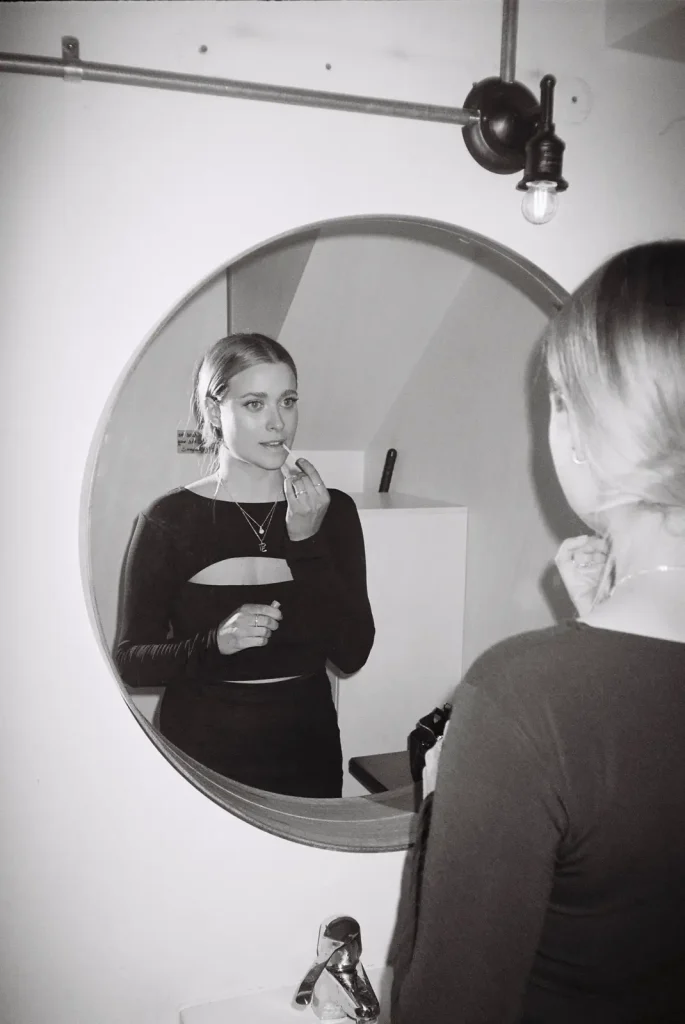
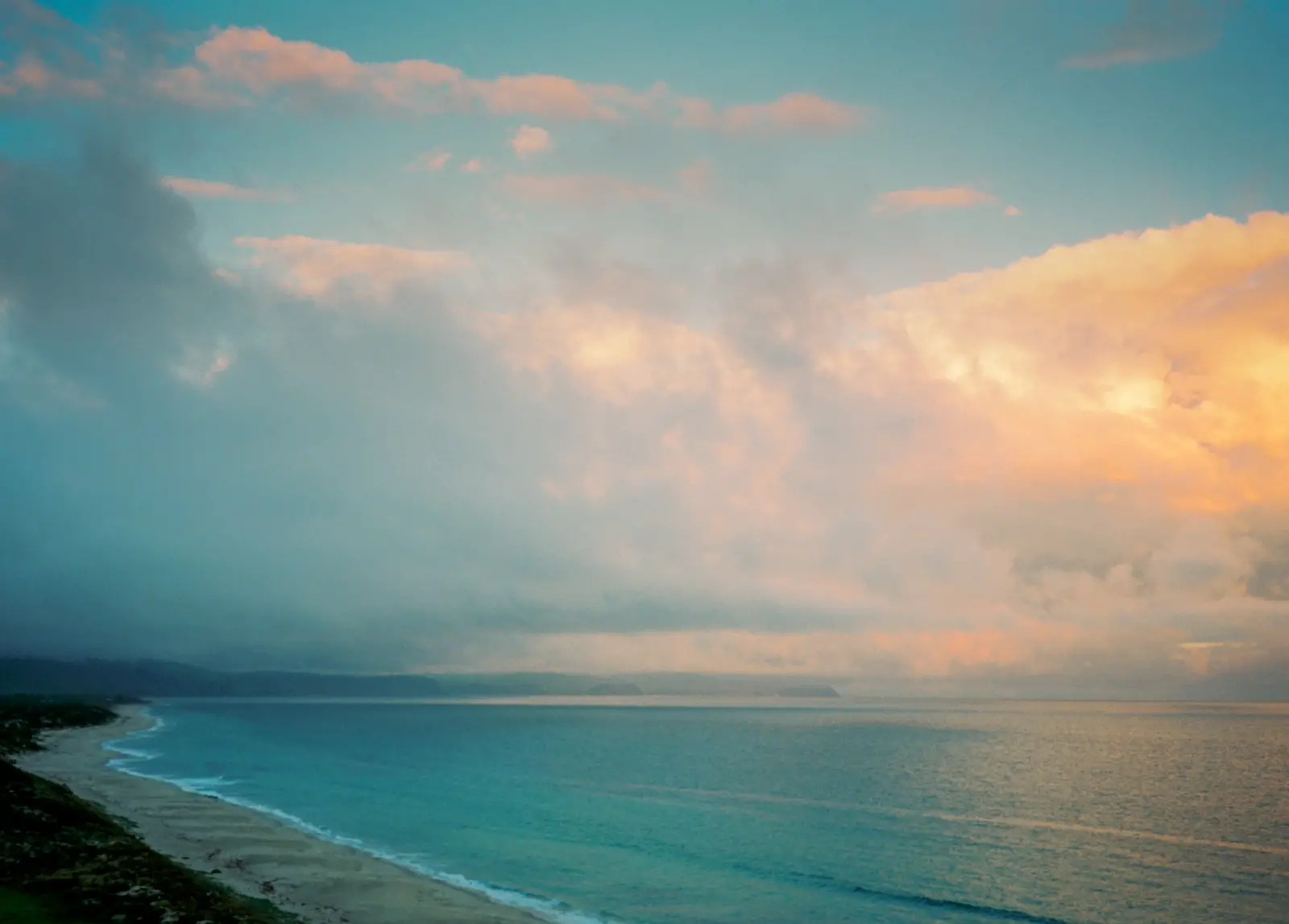
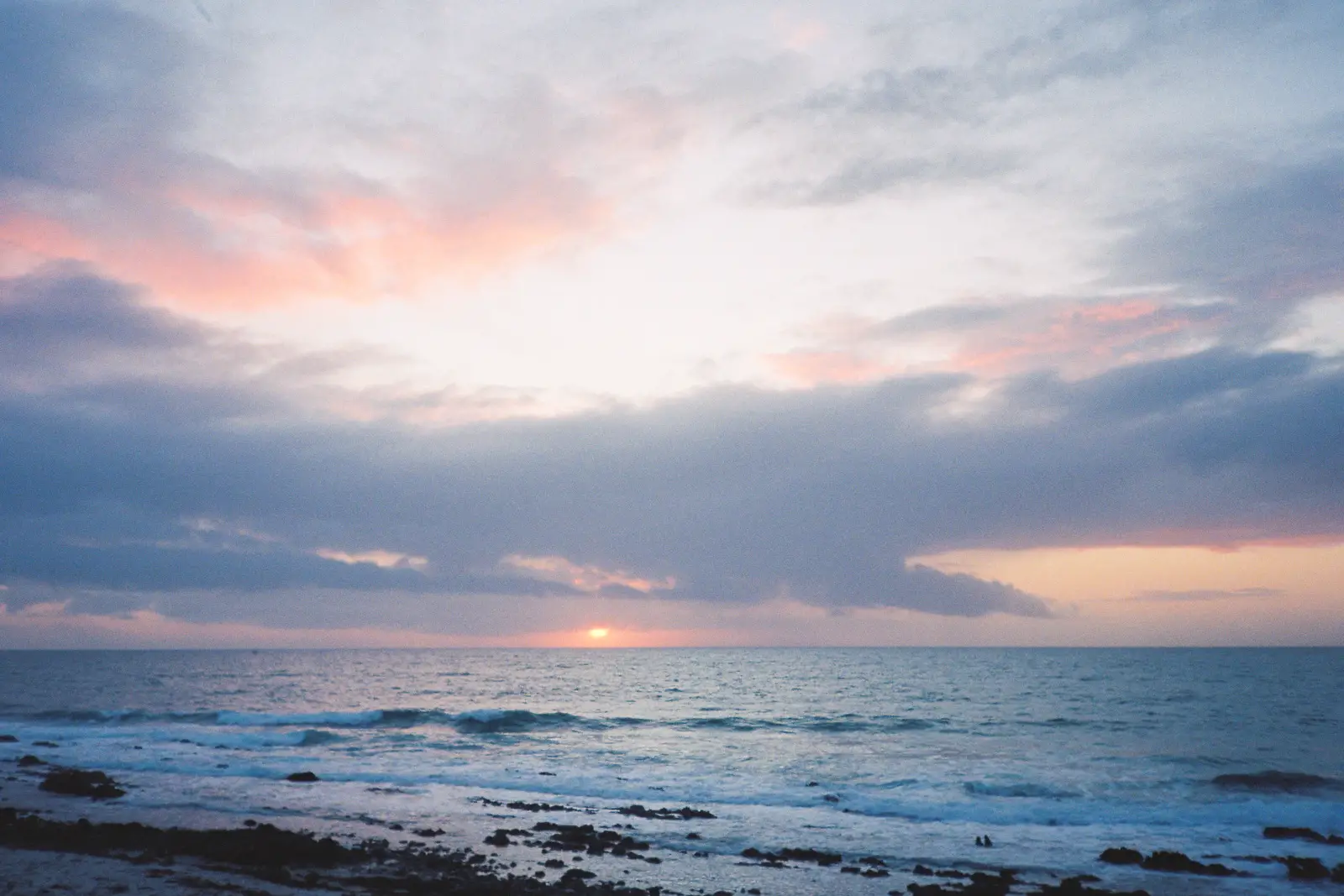
Make of those what you will. In a follow-up to this piece I’ll look at each of them in a bit of detail and talk about what they’re like to shoot.
Thanks for reading!
Share this post:
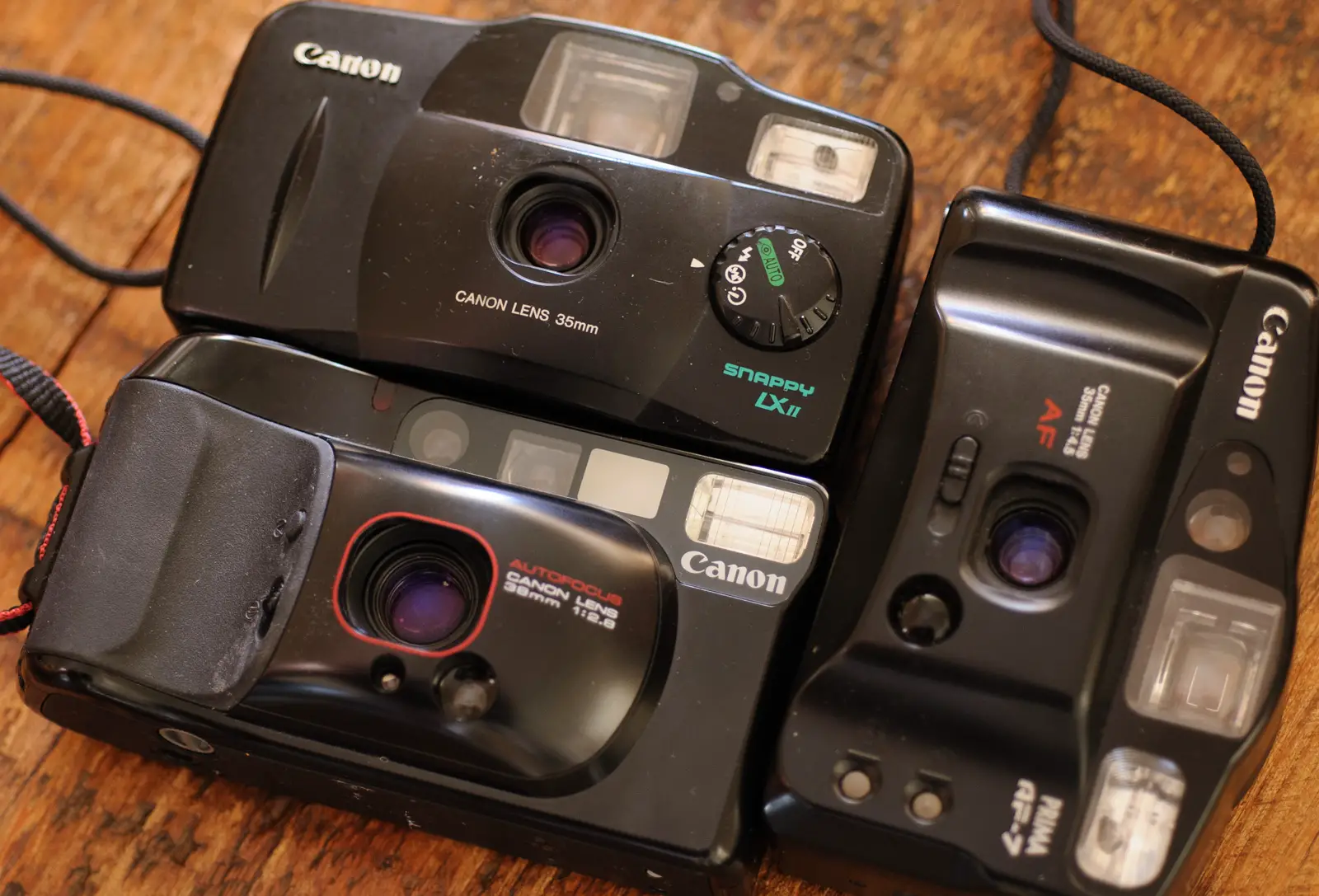








Comments
Bastian Peter on Hunting for Compact Film Cameras – What to Look For / $5 Diamonds – by David Hume
Comment posted: 06/04/2021
But I also really have a problem with buying those older point and shoot whenever I find some. Great article and
the photos look great.
You had me at "Generally the answer would be yes." haha awesome. Best regards
Comment posted: 06/04/2021
Mats on Hunting for Compact Film Cameras – What to Look For / $5 Diamonds – by David Hume
Comment posted: 06/04/2021
I belive the AF7 and the Snappy LXII is more or less the same camera with a slightly different body. At least the lens and the specs are the same. I have the LXII (called AF8 in Europe) and I really like it. That viewfinder is insane! And the lens is more than adequate.
I also recently acquired a Sure Shot Supreme and I'm going to scan the first roll tonight.
I have to say the shutter button is one of the more temperamental I've tried. And that flash cancel button on the bottom? Must be the most impractical solution known to man. Not something I’d recommend to a beginner. Who designed this stuff? The lens is supposed to be a very nice 4 elements in 4 groups design though..
Comment posted: 06/04/2021
Comment posted: 06/04/2021
Comment posted: 06/04/2021
Comment posted: 06/04/2021
Comment posted: 06/04/2021
Comment posted: 06/04/2021
Comment posted: 06/04/2021
Comment posted: 06/04/2021
Comment posted: 06/04/2021
David S Kassnoff on Hunting for Compact Film Cameras – What to Look For / $5 Diamonds – by David Hume
Comment posted: 06/04/2021
A couple of watch-outs:
o Avoid APS cameras. Even if they work, the film's hard to find, the negatives are smaller than 35mm, and processing might be very hard to find.
o The Minolta Hi-Matic F is a lovely rangefinder, but versions I've encountered have circuit degradation that's often attributed to their original mercury batteries. I'm also impressed with the $5 Minolta Freedom P/S short-zoom cameras I've found here and there.
o If a camera body has rubber cladding, it'll often be deteriorating and sticky. This ruins the experience, unless you're willing to apply gaffer's tape over the rubber parts.
o I use white vinegar and a child's slender paintbrush to dissolve alkaline battery leakage residue. Allow the battery compartment contacts to dry thoroughly.
Thanks again.
Comment posted: 06/04/2021
Castelli Daniel on Hunting for Compact Film Cameras – What to Look For / $5 Diamonds – by David Hume
Comment posted: 07/04/2021
Your article brought me back to my teaching days. I ran a high school photo program in a lower middle class town in Connecticut. I’d put out a call through the local PTO for any old 35mm cameras. I got buckets of p&s cameras! I’d have 30 kids and everyone had a camera. People were generous and so supportive. This went on for years until I retired a few years ago. The point: never underestimate the power of a cheap camera - it opens up an unknown world for so many & it’s fun!
BTW, what’s an op-store? My Aussie is a bit rusty ????!
Comment posted: 07/04/2021
Huss on Hunting for Compact Film Cameras – What to Look For / $5 Diamonds – by David Hume
Comment posted: 08/04/2021
Great lens, but it is a good light camera as the slowest shutter speed is 1/60 sec.
"If you’re out hunting regularly it might pay to keep a couple of AAs with you"..
not only do I do that but I also take 2 SR44 (the standard cell size used by most pre AF slrs, 2 CR2s, 2 CR123s, a 2CR5.. they only take a little space in a side pocket and that way I'm ready when I go to flea markets/swap meets/boot sales. Yes, it's a problem...
Comment posted: 08/04/2021
Comment posted: 08/04/2021
Comment posted: 08/04/2021
Comment posted: 08/04/2021
Castelli Daniel on Hunting for Compact Film Cameras – What to Look For / $5 Diamonds – by David Hume
Comment posted: 08/04/2021
Comment posted: 08/04/2021
Jeff on Hunting for Compact Film Cameras – What to Look For / $5 Diamonds – by David Hume
Comment posted: 09/04/2021
Comment posted: 09/04/2021